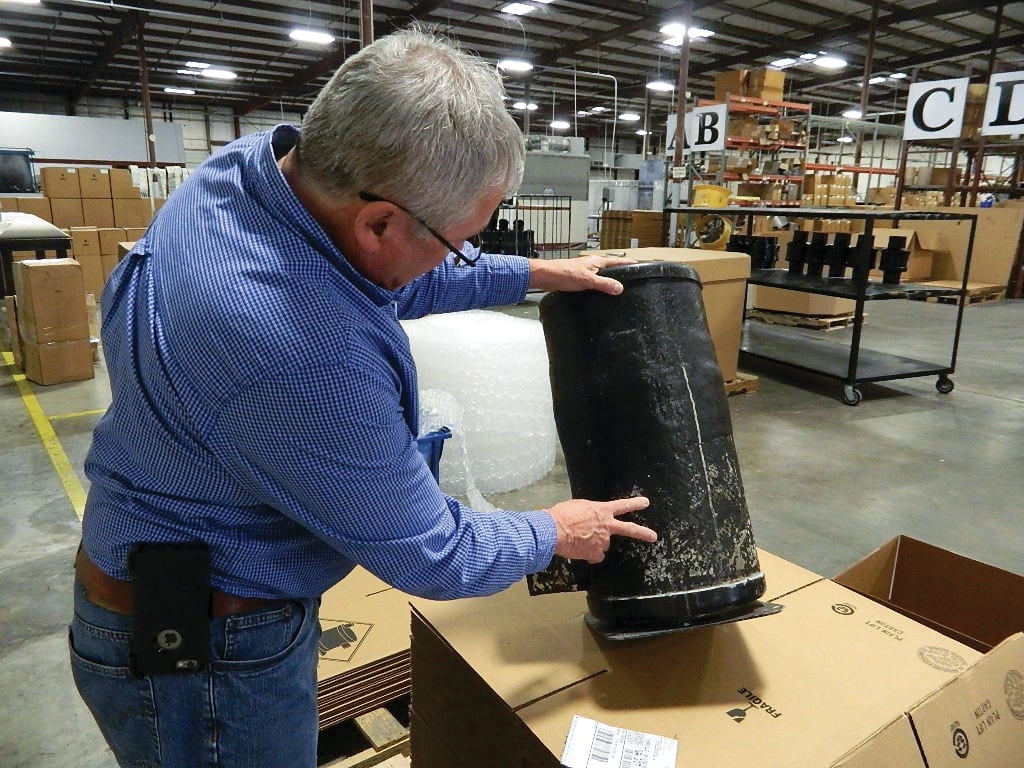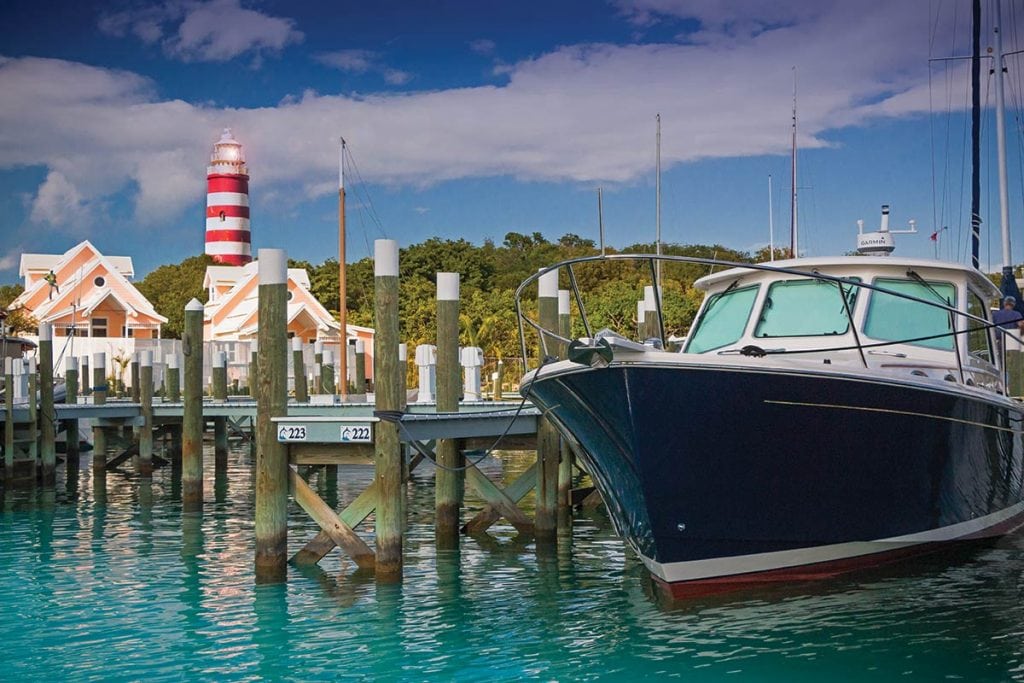Before the heat of summer sets in, make sure your boat engine’s cooling and exhaust system will stay cool.
After a long, cold winter and a chilly, wet spring, the first thing people want is warm weather. A boat engine wants heat, too, to run smoothly. But its exhaust system needs to keep things cool to prevent overheating. Or the possibility of serious damage to the engine or generator.
“The little time that it takes to check your exhaust components can save you lots of time and trouble down the road,” says Bill Arwood of Centek Industries. “If you notice discoloration, salt deposits or even shriveled labels on any part of your exhaust system, you need to find the underlying cause and address it immediately. Depending on the materials used in the construction of your exhaust components, your risk can run from a little time in a repair shop to a catastrophic failure on the water.”
Keep it Cool
Engines run hot and the exhaust system is designed to take most toxic gases and fumes away from the boat (and its occupants) and cool them down before they’re discharged out into the air or water. The exhaust system also muffles engine noise as well as reduce exhaust emissions—e.g., carbon monoxide, hydrocarbons and nitrogen oxides—in order to meet environmental regulations.
To help keep the engine at its optimum running temperature, a water-cooled exhaust system cools both the engine and the exhaust by pumping raw water through a system, most likely a heat exchanger, that uses the water to transfer away excess heat and is then pumped out the exhaust system. Although some inboard engines use an air-cooled or dry exhaust system, most marine engines use a wet exhaust system where water is injected into the exhaust system to cool down the gases (as well as decrease the system’s inherent noise) that are then discharged through the exhaust outlet. Both sides of the cooling system require an inspection to avoid an overheated engine and prevent exhaust leaks.
On the Front End
The beginning of the inboard engine’s cooling process begins with the raw water intake strainer and pump. It’s not just seaweed and debris but also microorganisms, lime, and calcium that can build up and make their way into the small tubes of the heat exchanger. A reduced water flow interferes with the heat transfer process. A cooling system flush can help prevent this from happening. But the other important check is the pump’s impeller.
On an outboard, an impeller pushes the water to the bottom side of the powerhead, is directed toward the thermostat and bypass valve, and when the thermostat reaches its manufactured operating temperature, opens to allow water circulation to maintain the proper fuel/oil mixture burn to prevent carbon buildup. The impeller and thermostat are the two pieces that need a checkup, but it’s the impeller that causes about 95 percent of engines overheating. “Regardless of the size engine powering your boat or generator, reduced water flow spells trouble,” says Arwood. “If your engine is overheating, you can bet that heat is also damaging your exhaust system. A quick check of your water pump impeller is a great way to avoid problems.”
Off the Back
On the exhaust side, it’s important to check for leaks in the piping, mufflers, connectors, elbows, and welds. A leak can fill the bilge with water or the boat with carbon monoxide. This could allow water to back into the diesel engine. “Signs of exhaust leakage can include black soot streaks around flanges or insulation blankets, blackened intake air filters or soot on horizontal surfaces of the engine room,” says Rick Boggs of EnerYacht and creator of the SeaClean diesel generator soot filtration system.
He suggests checking for corroded welds or piping and loose flange bolts or band clamps that can lead to failed gaskets. “Darkened fiberglass piping or yellowed paint on mufflers or water separators and darkened areas on silicone connectors downstream of the mixer tank or spray ring (where water is injected into the exhaust pipe) are signs of overheating,” he says. Causes can be low raw-water flow or blocked or eroded ports in the spray ring that lead to poor distribution or lack of cooling water.
Centek Industries also points out that an engine that spends a lot of time at idle or slow speeds may not get adequate water flow to cool exhaust temperatures and cause water to seep from a damaged area. Also look for salt deposits on the muffler. They appear as a white chalky substance and indicate a spot where water is escaping, which indicates that the muffler probably experienced overheating. Boggs reminds boat owners that good insulation blankets can reduce engine room heat and fire risk. But “carefully check all insulation for the presence of oil or fuel soaking, as this is an extreme fire hazard.”
Atwood adds that the two areas vulnerable to obstruction are the water pickup point and the water discharge. As it happens, both are usually easy to check. “Something as small as a dirt dauber nest in the discharge line or thru-hull fitting can cause overheating problems.”
Exhaust System Checklist
To help avoid problems with your exhaust system this coming season, Centek suggests running through this exhaust system checklist.
1. Inspect and replace worn impellers.
2. Check the water pump and replace or repair as needed.
3. All screens and traps should be free of debris.
4. Check all hoses and clamps for wear, and make sure clamps are tight and secure.
5. Make sure seacocks are open and functioning properly before startup.
6. Check external rubber flappers for cracks, dry rot or other damage.
7. Thru-hulls should be free of obstruction. Check to make sure a critter hasn’t made a winter home in the exhaust tube or muffler.
8. Visually inspect the muffler for signs of damage from excessive heat. This include bubbling or flaking paint, discoloration, melted stickers, and/or salt deposits.
By Steve Davis, Southern Boating May 2018














